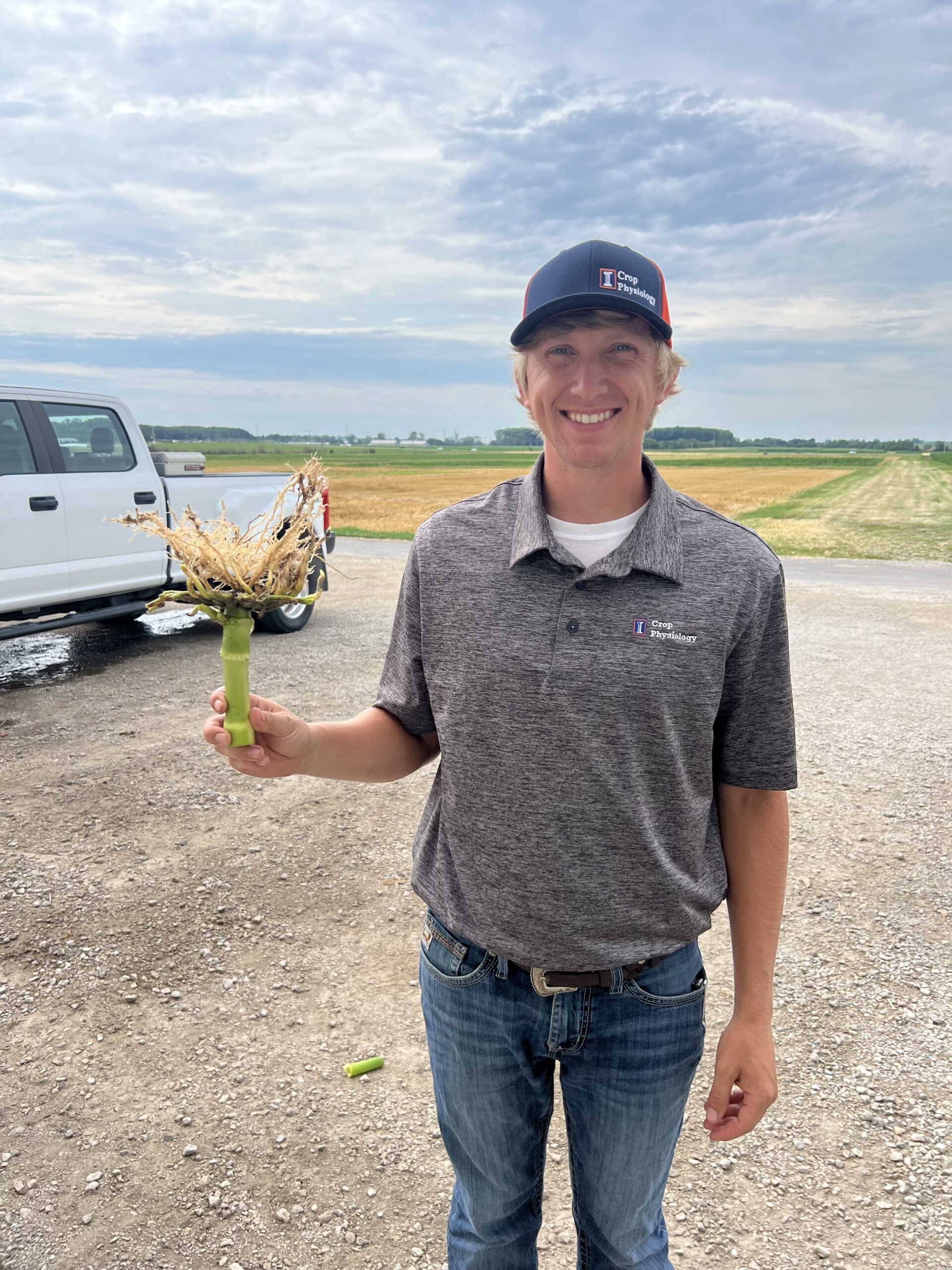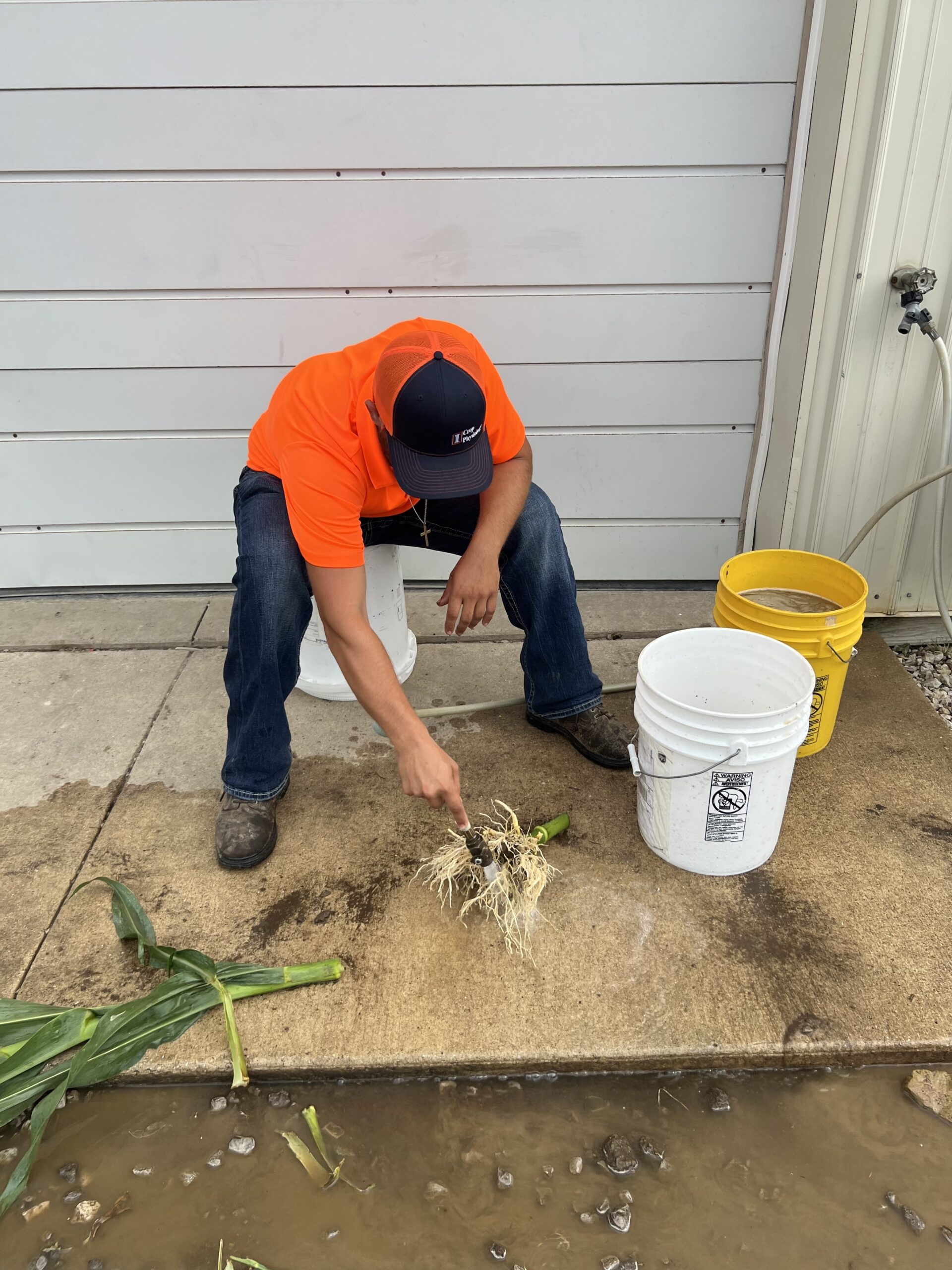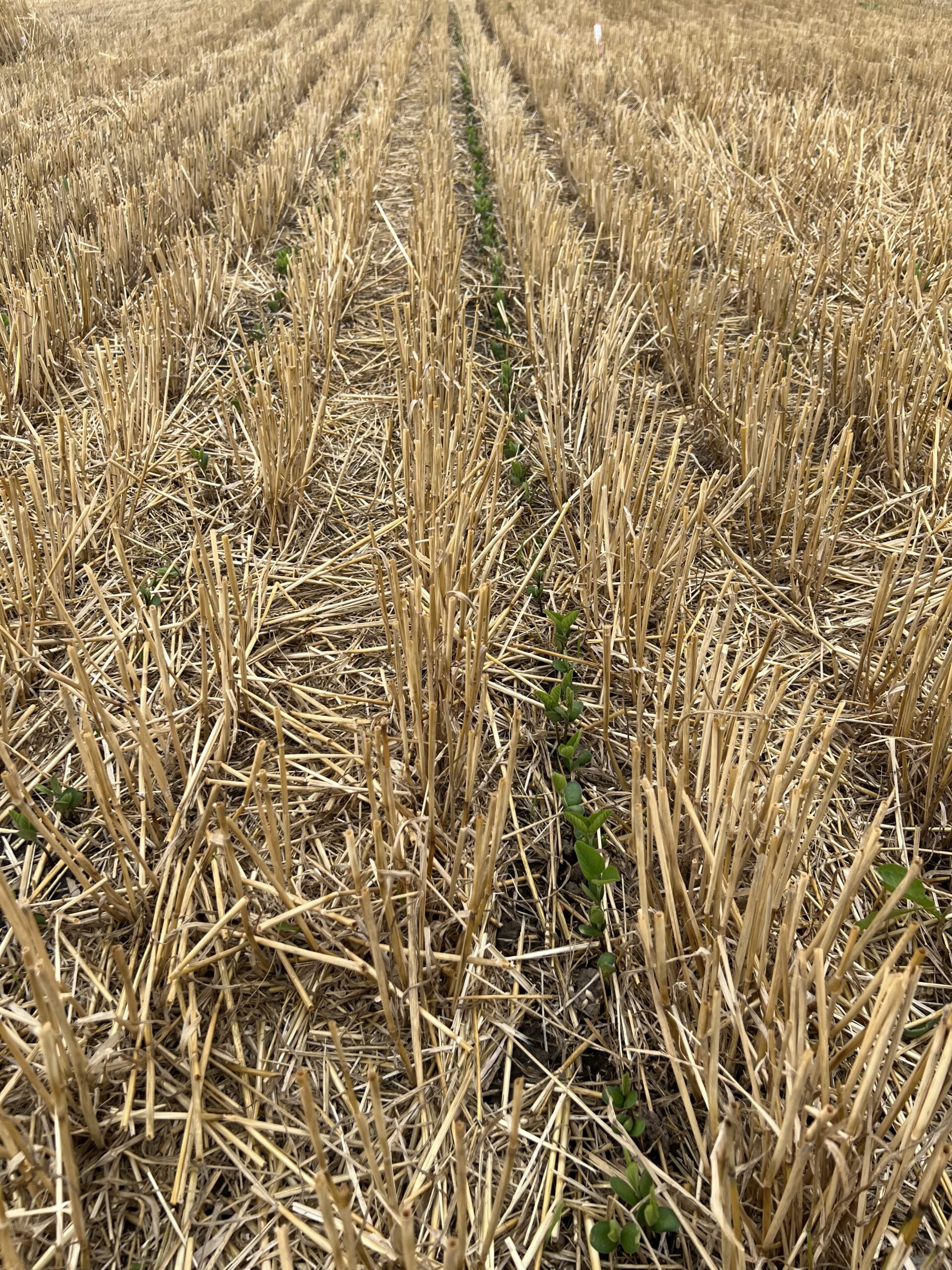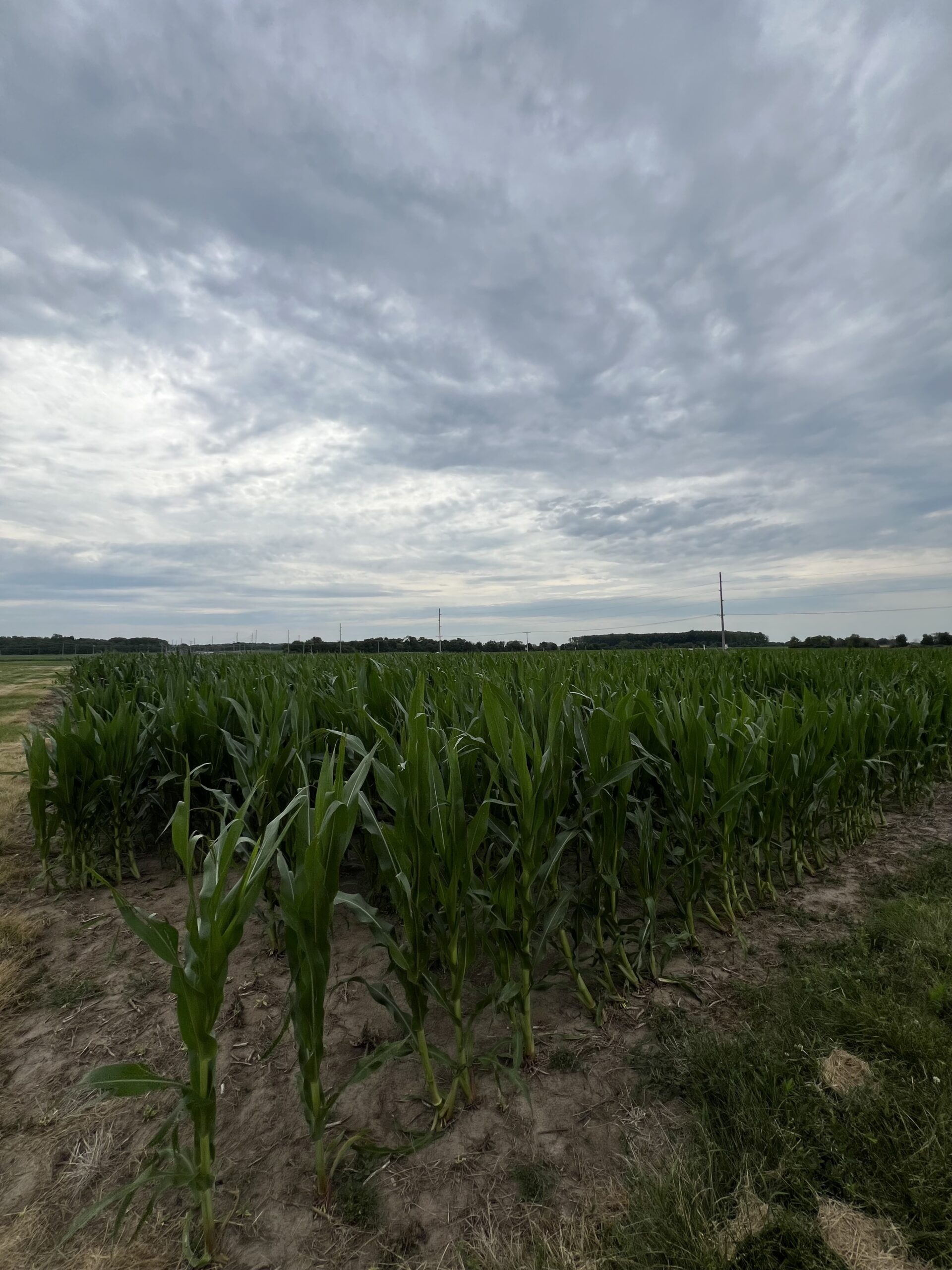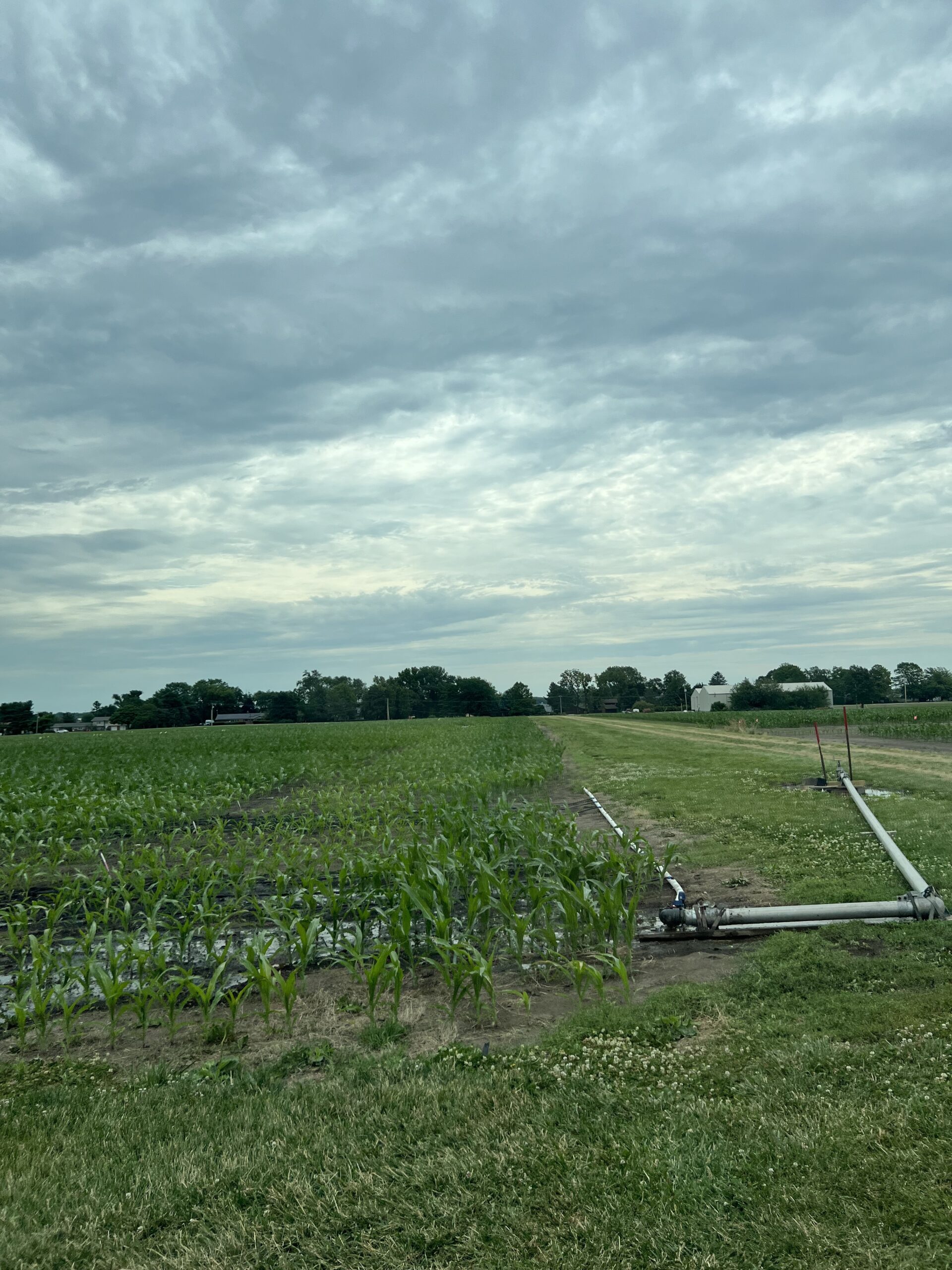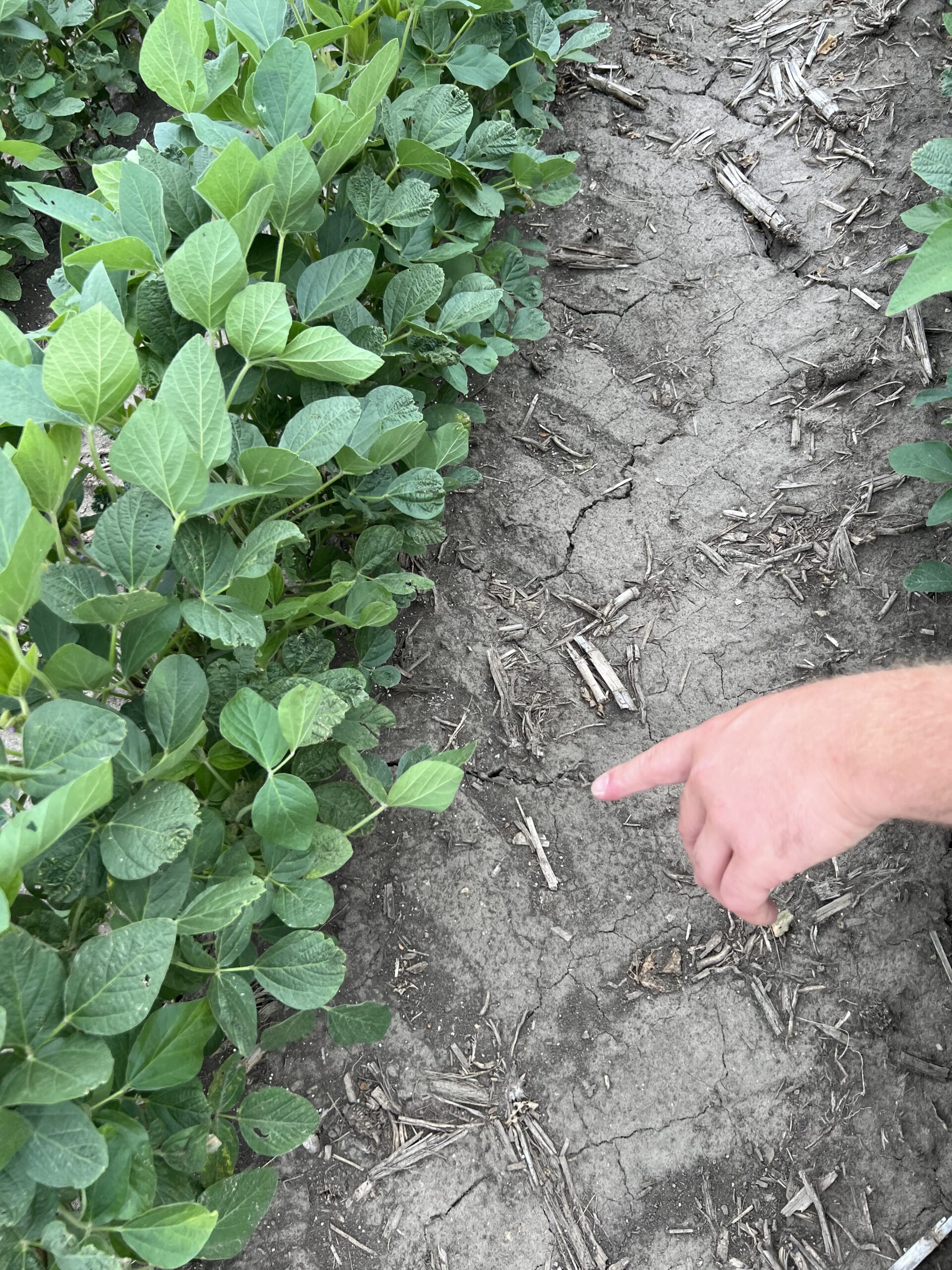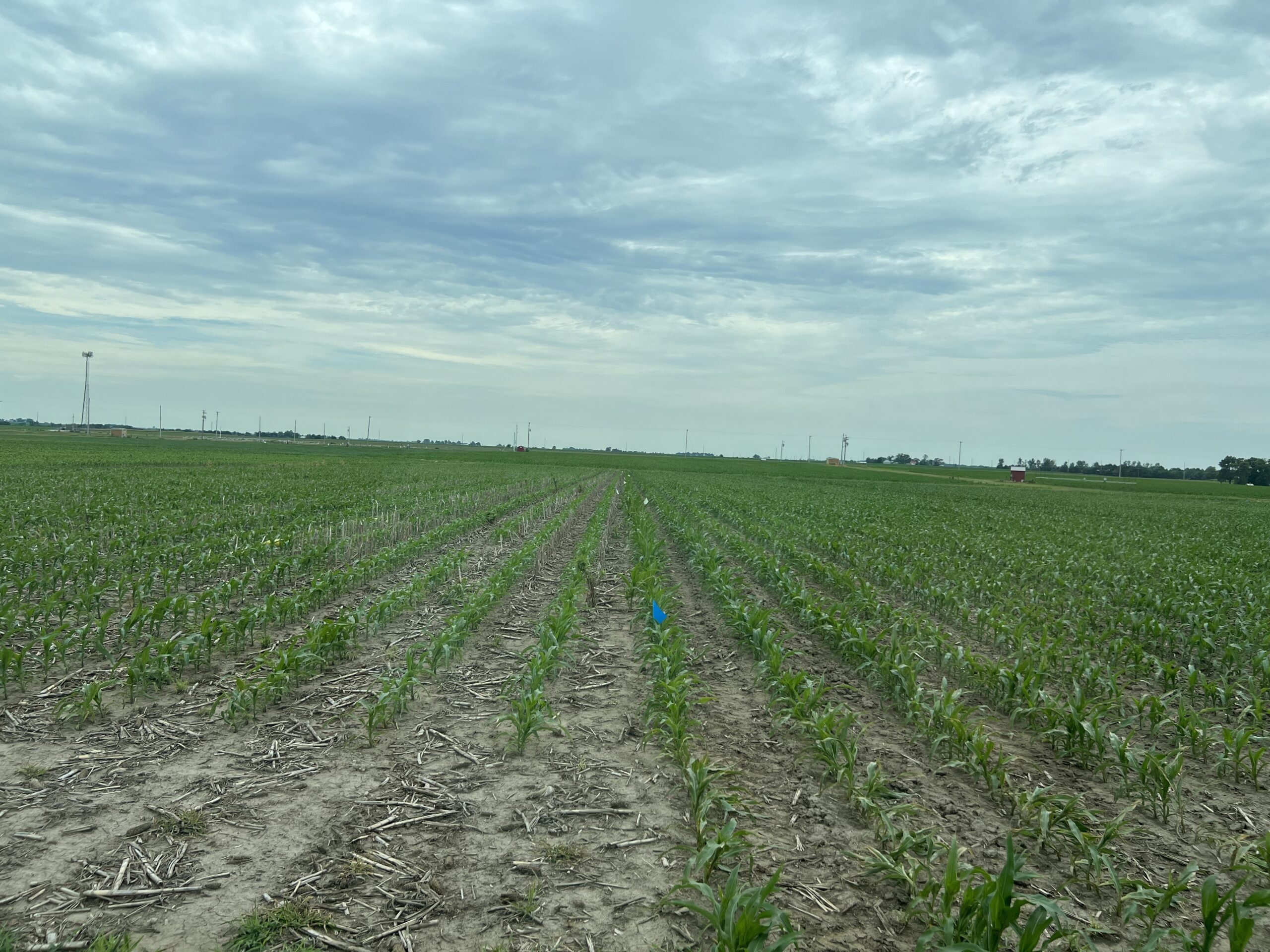Every year, the farmers in Champaign County, Illinois, aren’t the only ones who are trying to get their crops in the ground.
So are the students at the University of Illinois Urbana-Champaign (UIUC) Department of Crop Sciences.
“Research moves slower than conventional farming. So, it’s always a little bit stressful when planting gets later and later. I am happy to report that while we were later, we were not late. I think 95 probably 97% of our corn studies were planted in the second half of May,” said Connor Sible, postdoctoral research associate at UIUC Crop Sciences.
Over 70 projects are now well underway in the fields surrounding the university. Each project has a different focus and goal, whether understanding how drought and flood conditions affect nutrient uptake or exploring what it would take to get a 500 bushels per acre corn crop.
Many research projects this year are utilizing Mosaic Biosciences products or researching factors that help understand or make the most of Mosaic products.
“One of the reasons I enjoy working with Mosaic so much is the extreme flexibility and collaboration. We can sit down together and brainstorm projects that will have an impact,” Sible said. “The Mosaic team follows up throughout the season, too. It’s nice to know that somebody is legitimately interested in what we’re finding.”
Working under Professor and Principal Investigator Dr. Fred Below this year is not only Sible — who is working on his postdoc research focusing on high-yield corn and soybean production systems — but also six master’s students and one Ph.D. student.
Samuel Leskanich, Ph.D. Student
This year, Leskanich is focusing on understanding corn root architecture and how the surface area, angle and mass (SAAM) are related to a hybrid’s yield response to a given management practice.
Leskanich’s other research interests are focused on the integration of new agronomic products like innovative fungicides and fertilizers into different management systems in corn and soybean production.
Dalton Knerrer, M.S. Student
Knerrer’s research this year is focused on exploring residue management in continuous corn and double-crop soybean systems. He uses residue-degrading biologicals along with novel agronomic practices that can enhance residue decomposition to benefit cash crop yields.
In addition, Knerrer is researching the efficacy of nitrogen-fixing inoculants for corn to improve nitrogen use efficiency.
Miranda Ochs, M.S. Student
Ochs is focusing on hybrid testing with 14 different management systems around Illinois, evaluating a total of 36 different corn hybrids across the state. Ochs is utilizing various planting densities, fertility applications and foliar protection to find answers in the search of high yields. She’s also evaluating the impact that varying planting dates could have on the value of fertility or foliar protection for improved soybean yields.
Her research is on maximizing yields and provides valuable insights to benefit farmers in their agronomy decisions.
Gabriela Frigo Fernandes, M.S. Student
Fernandez is studying crop nutrition and how different sources, rates, placements and timings of fertilizer applications impact agricultural production. She takes the science of her research one step further by looking at nutrients to understand how different fertilizer sources release their nutrients and how deep into the soil profile they move.
Her particular interest in her research is how to maximize fertilizer use efficiency in a way that reduces costs per acre while increasing profitability for farmers. She’s also working with PowerCoat™ and MicroEssentials® S10® applied on soybeans at different times during the season.
Ava Isaacs, Graduate Student
Isaacs is working in the biologicals space, including with BioPath® on different soybean varieties under different management practices to understand how BioPath and other biological products perform. Issacs has research in three locations across Illinois and is testing two different genetic varieties with two different crop management approaches.
Devin Koester, Graduate Student
Koester’s is studying how to utilize herbicide synergy to overcome metabolic resistance in Amaranthus weeds like waterhemp and palmer amaranth. He’s also evaluating the impact that weed pressure can have on yield, and if these effects differ in a low- vs. high-input system for corn and soybean production.
His research is on managing the notorious weeds that so often try to rob the high yields achieved with additional management inputs and practices.
Jared Fender, Senior Research Specialist and Graduate Student
Fender is conducting a placement-by-timing study with MicroEssentials®, exploring how different timing of application on different tillage practices affects the uptake and utilization of nutrients.
He’s utilizing different application types, tillage methods and fertilizer placements.
While research projects vary from year to year, partnership is a theme that hasn’t wavered. Mosaic and the UIUC Department of Crop Sciences have over a decade of partnership under their belt — working together to bring the latest information to U.S. farmers.
To watch this year’s research unfold, follow Mosaic on Facebook, Instagram, X and LinkedIn.
